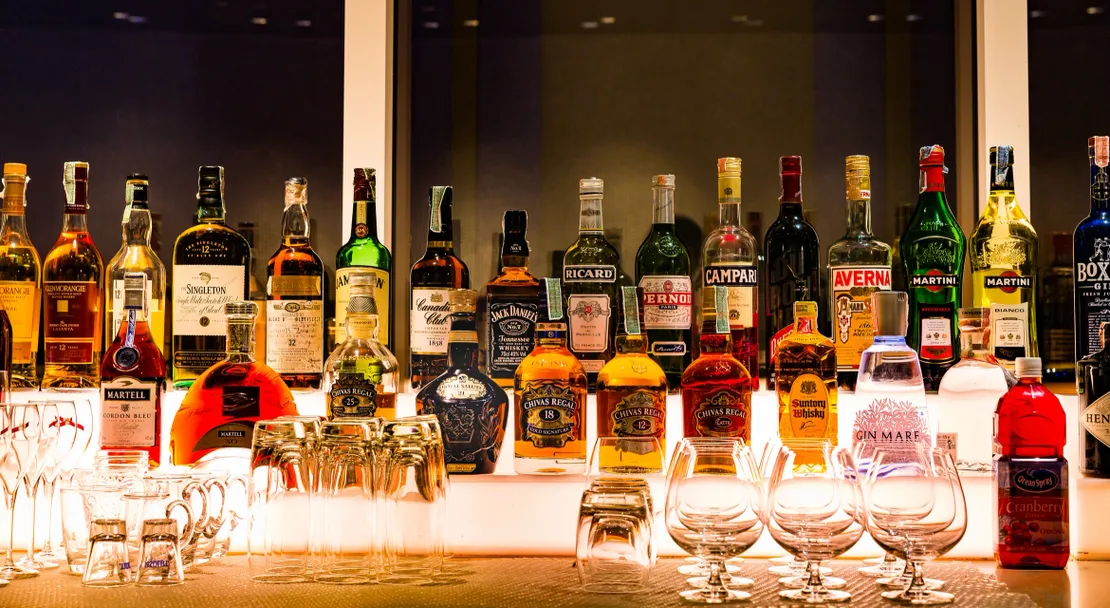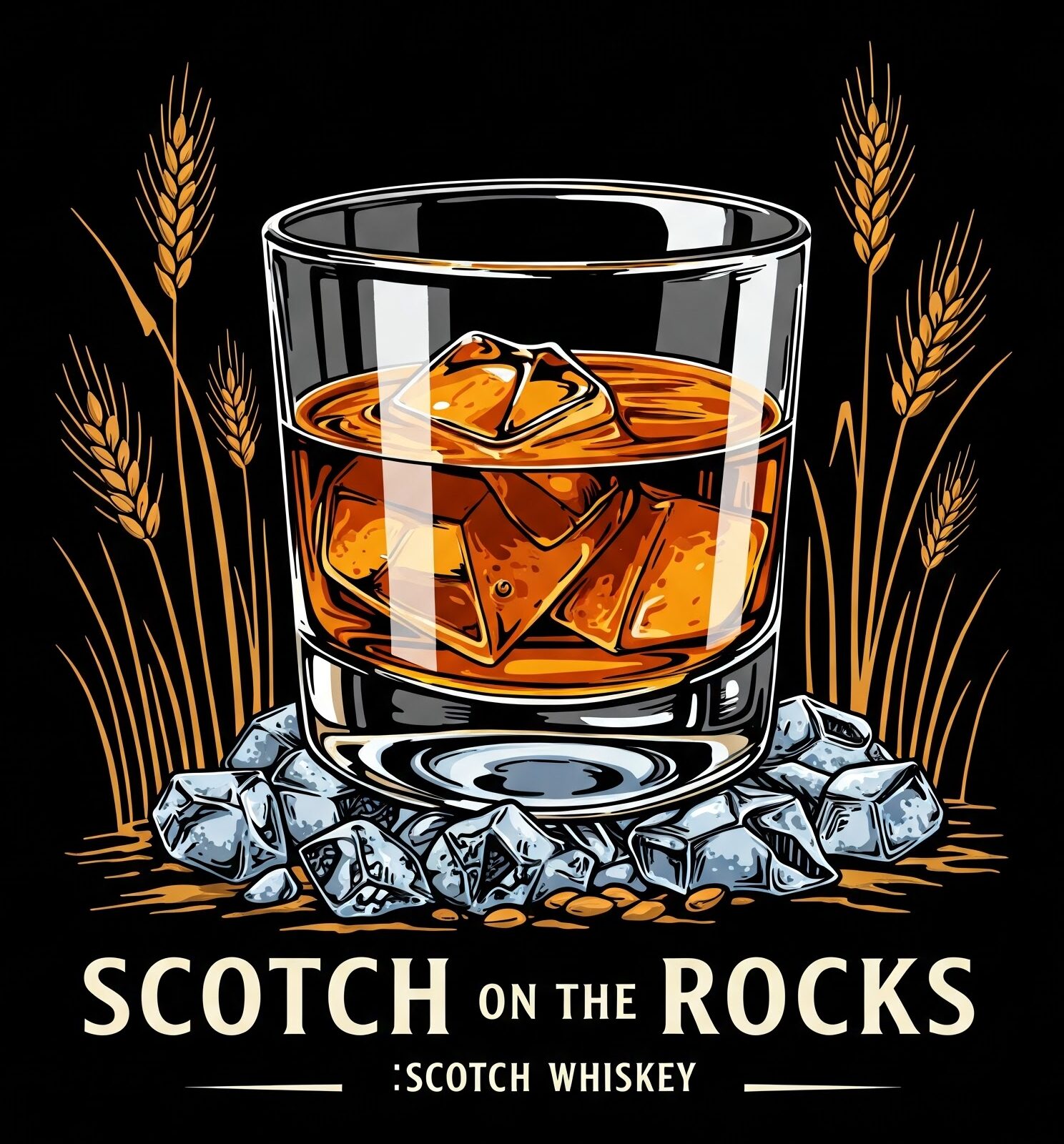
The Journey of Whiskey: From Ancient Origins to Modern Times
Whiskey, often referred to as the “water of life,” has a rich and intricate history that spans continents and centuries. From its early beginnings in ancient distillation practices to its current status as a globally cherished spirit, whiskey’s evolution is a testament to human ingenuity, cultural exchange, and the enduring appeal of a well-crafted drink.
The Art of Distillation
The story of whiskey begins not with the drink itself but with the development of distillation techniques. Historians trace the origins of distillation back to ancient Mesopotamia around 2000 BC, where it was primarily used for creating perfumes and medicinal elixirs. This knowledge spread through ancient civilizations, including Egypt and Greece, and was later refined by Arab scholars during the Islamic Golden Age. Their advancements in distillation were documented and eventually transmitted to Europe, laying the groundwork for the production of distilled spirits.
Whiskey in Ireland and Scotland
The earliest records of whiskey production emerge from Ireland and Scotland in the late Middle Ages. In Ireland, a 1405 entry in the Annals of Clonmacnoise mentions the death of a chieftain due to excessive consumption of “aqua vitae,” the Latin term for distilled spirits. Similarly, in Scotland, the Exchequer Rolls of 1494 document the allocation of malt to a friar named John Cor for the purpose of making “aqua vitae.” These references indicate that whiskey production was initially the domain of monks, who utilized their knowledge of distillation for medicinal and ceremonial purposes.
The Spread of Whiskey
Over time, whiskey production expanded beyond monastic settings. In Ireland, the spirit became known as “uisce beatha,” Gaelic for “water of life,” which eventually evolved into the word “whiskey.” The practice of distilling spread among the general populace, leading to the establishment of numerous small-scale distilleries across the Irish and Scottish countryside.
The Evolution of Whiskey Production
As whiskey gained popularity, innovations in production techniques emerged. In the 18th century, Irishman Aeneas Coffey invented the continuous still, also known as the Coffey still, which allowed for more efficient and consistent distillation compared to traditional pot stills. This advancement facilitated the mass production of whiskey and contributed to the development of blended whiskeys, combining malt and grain spirits to achieve a smoother flavor profile. In Scotland, the practice of aging whiskey in oak barrels became standard, enhancing the spirit’s complexity and depth of flavor. The Scots also began blending different single malts and grain whiskies, leading to the creation of renowned blended Scotch whiskies.
Whiskey’s Journey to the New World
European settlers brought whiskey-making traditions to the Americas, where the spirit adapted to new environments and resources. In the United States, particularly in Kentucky and Tennessee, distillers utilized corn as the primary grain, giving rise to bourbon whiskey. The abundance of corn and the use of charred new oak barrels for aging imparted distinctive characteristics to American whiskey, differentiating it from its European counterparts.
Role in American Culture and Economy
During the 18th and 19th centuries, whiskey became an integral part of American culture and economy. It was used as a form of currency, and disputes over whiskey taxation led to significant events like the Whiskey Rebellion of 1794. Despite challenges such as Prohibition in the early 20th century, which severely impacted the industry, American whiskey experienced a resurgence in the latter half of the century and continues to thrive today.
Global Expansion and Modern Revival
Beyond the traditional whiskey-producing nations, other countries have embraced and contributed to the whiskey landscape. Japan, for instance, has developed a reputation for high-quality whiskies, blending Scottish techniques with Japanese precision and artistry. Brands like Yamazaki and Nikka have garnered international acclaim, showcasing the global appeal and adaptability of whiskey.
The Global Renaissance
In recent decades, there has been a renaissance in whiskey appreciation worldwide. Craft distilleries have emerged, focusing on small-batch production and innovative flavor profiles. Consumers have shown increased interest in the history, production methods, and tasting nuances of whiskey, leading to a more informed and enthusiastic global community of whiskey aficionados.
A Timeless Spirit
The history of whiskey is a rich tapestry woven from threads of innovation, tradition, and cultural exchange. From ancient distillation practices to modern-day craft distilleries, whiskey has evolved while retaining its essence as a spirit that brings people together. Its journey reflects human creativity and resilience, making whiskey not just a beverage but a symbol of shared heritage and enduring craftsmanship. Dive deeper into the world of whiskey, share your experiences, and connect with fellow aficionados.
